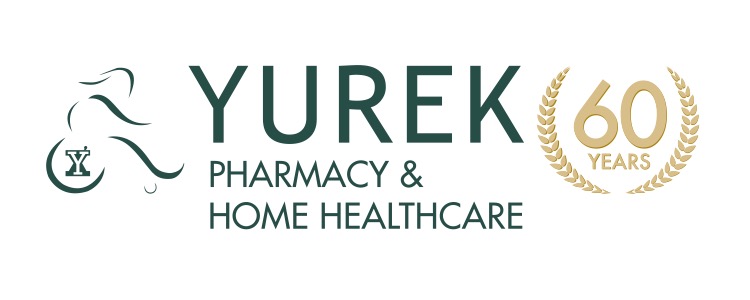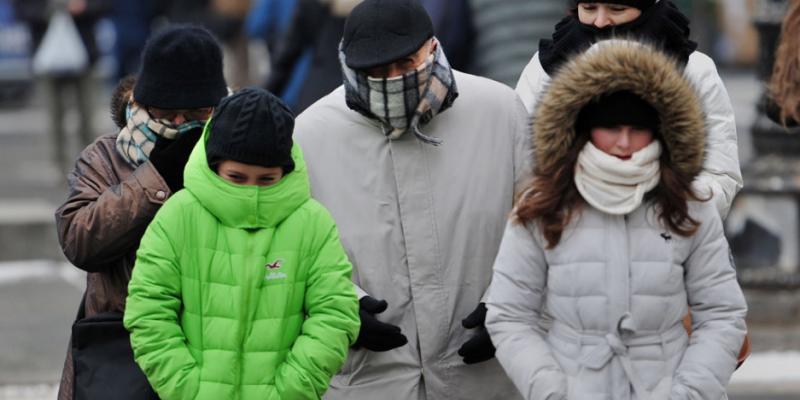It’s February which the coldest month of the year as we battle polar vortexes and frigid temperatures. Two concerns with exposure to these low temperatures are hypothermia and frostbite.
The body temperature (orally) is about 37 °C. Hypothermia occurs when the body dips below 35 °C. The heart, brain and lungs are all affected leading, to signs and symptoms that include:
- Shivering (the body’s way of trying to warm itself)
- Slurred speech or mumbling
- Slow, shallow breathing
- Weak pulse
- Clumsiness or lack of coordination
- Drowsiness or low energy
- Confusion or memory loss
- Loss of consciousness
The biggest; risk factor for hypothermia is exposure to extremely cold temperatures or immersion in cold water. Other risk factors include:
- Age – the very young and very old
- Mental issues-judgment may be affected leading to risk behaviours
- Alcohol and drug use-can cause dilation of blood vessels and heat loss
- Certain diseases such as hypothyroid, poor nutrition.
If exposure to the cold continues, the skin and underlying tissue can freeze. In the initial stage, known as frostnip the skin turns white and numb, but no permanent damage occurs. If exposure continues, the blood vessels and skin can freeze and leaving the area permanently damaged.
The most common areas for frostbite are the fingers, toes, ears, nose and face. Initially, frostbite will feel like pins and needles, followed by aching and throbbing. In the later stages, the area becomes white and loses all feeling.
First aid for hypothermia and frostbite involves limiting exposure to cold. If you cannot move the person to somewhere warm and dry, try and shield them from wind and temperature as much as possible. Remove wet clothing-cutting may be preferable to limit friction. Layers of warm blankets or coats can be placed in layers, leaving the face exposed. Stay away from direct heat such as hot water, a heating pad, and direct flame such as a fire should be avoided as they can damage the skin and even cause irregular heartbeats.
In severe cases, heart bypass or hemodialysis, and warm humid oxygen and warm intravenous (IV) fluids are used to rewarm the blood. In some cases, surgery may be required to remove damaged skin.
My best advice- dress in layers, avoid prolonged periods in extreme cold and stay away from rivers and lakes unless you are certain the ice won’t break. As always, take care of yourselves and each other.








